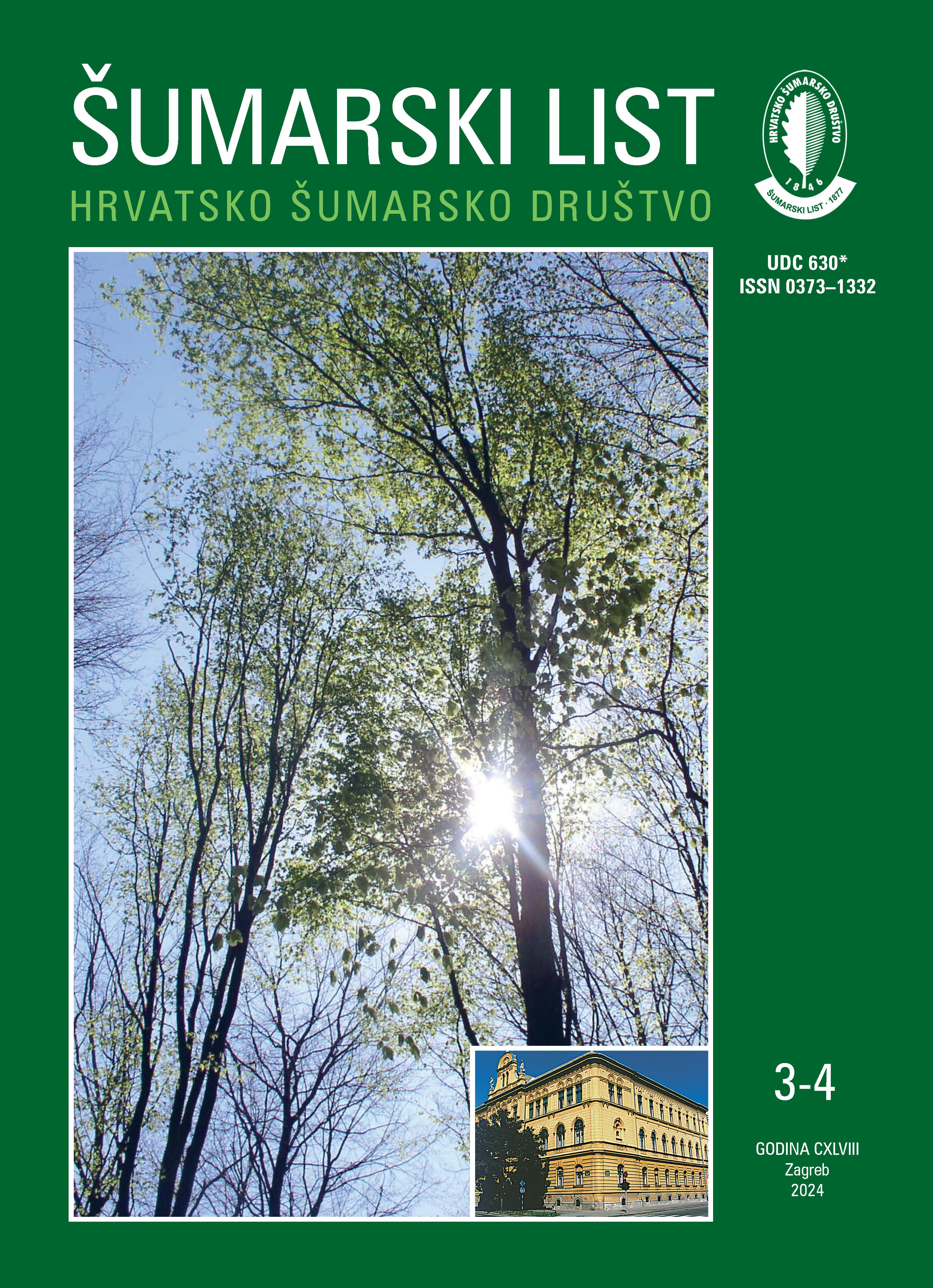The levels of mercury (Hg) and arsenic (As) in wild boar’s liver (Sus scrofa) in eleven hunting areas from the Republic of North Macedonia
Keywords:
Wild boar, Mercury (Hg), Arsenic (As), Hunting areas, LiverAbstract
The monitors have recently been defined as the organisms in which changes in known characteristics can be measured to assess the extent of the environmental contamination. Among the numerous game species, the wild boar as omnivore is characterized as an exceptionally good biomonitor. The concentrations of one heavy metal (Hg) and one metalloid (As) were measured using cold vapor atomic absorption spectrometer and atomic absorption spectrophotometry in the liver tissue of free-living wild boars. From 11 hunting areas locations that cover the whole territory of North Macedonia in a period of 7 years (2016-2022) a total of 608 wild boar liver samples were harvested during the regular hunting season. The mean concentration of Hg from 11 hunting grounds ranged from 12.7 μg/kg to 68.8 μg/kg, and mean concentration for all was 45.67 μg/kg. The average concentration of As ranged from 22 μg/kg to 55.3 μg/kg, and mean concentration for all was 33.1 μg/kg. For mercury, 6.56% or 40 of the total number of samples (608) exceeded the maximum allowed limits, and for arsenic none of the examined samples exceeded the allowed limit. For both elements a statistically significant difference was determined in relation to the years, with irregular oscillations from year to year. The mean values for mercury and arsenic are encouraging and generally indicate the relatively low contamination in the territory of the Republic of North Macedonia. However, the statistical differences due to the year as a factor suggest there is the need for the further research.
Downloads
Published
Issue
Section
License
Copyright (c) 2024 Kristijan Cokoski, Dejan Beuković, Miroslava Polovinski Horvatović, Vladimir Maletić, Marko Vukadinović, Elizabeta Dimitrieska Stojković, Vangelica Enimiteva

This work is licensed under a Creative Commons Attribution-NonCommercial 4.0 International License.


